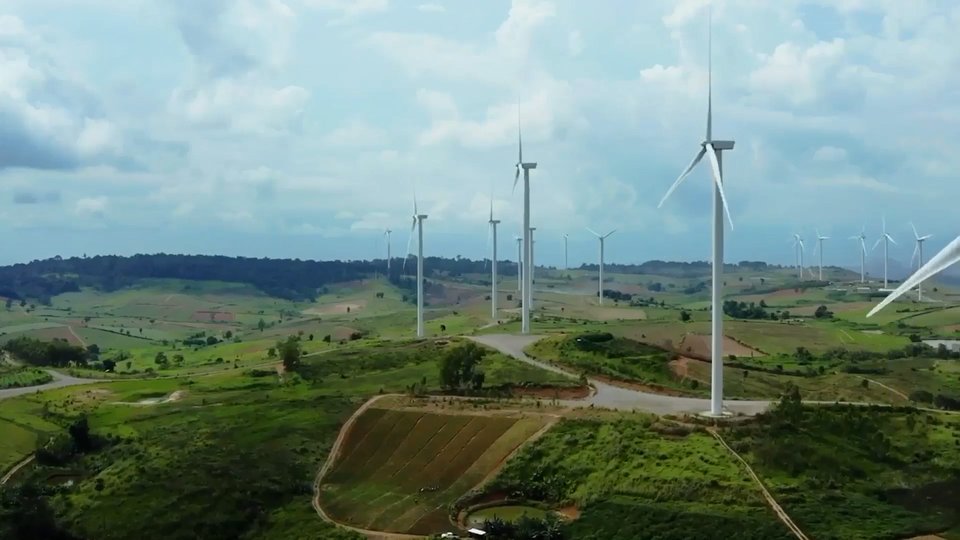The Himalayas: the summit of the world
Under the closed fog you can capture the most spectacular peaks in the world.
In the same place where the earth and the sky make a gesture of contact, from west to east, extends a stone arch of 2600 kilometers. “Valley of
the snow” is the meaning of its name in Sanskrit. The most famous Himalayan mountain range for everyone.
with 14 peaks of more than 8,000 meters and 40 peaks of more than 7,000 meters, the Himalayas are the youngest and highest mountain range in
the world. Mount Everest rises to 8848 meters, the highest mountain in the world. The dream of thousands of mountaineers. Located on the
Asian continent, the mountain range crosses the territories of Bhutan, Nepal, India, Tibet and Pakistan. To guess the origin of this wonderful phenomenon of nature, we have to go back
50 million years in history. The Himalayas
are the result of the movements of plaques in the earth’s crust. The collision between two of these plates, i.e. the collision between the Indo-Australian and Euro-Asian plates, caused a violent earth lift. It was from this elevation of the stone that the
Himalayan mountain range was born. Although it is only a few millimeters a year, it continues to grow, in fact, the Indo-Australian plate is still pushing. In winter, between
36 and 60 degrees below zero, and in summer, on average, 20 degrees below zero. These are the temperatures at the highest peaks. It is also home to the largest number of glaciers in the world. There are only 200 glaciers on the northern slope of Mount Everest.
The fortress of mountaineers all over the world, however, is in danger. The effects of climate change are causing significant damage to the mountain range. Glaciers are starting to melt and there are more and more ecological problems. As
spring approaches, however, the foothills of the mountains carefully await the visit of man. since a mountaineer reached the highest mountain in 1865, there have been many who have struggled, suffered and fallen along the way.
And beyond time and space, the Himalayas appear large and dominant in front of everyone’s eyes.
Buletina
Bidali zure helbide elektronikoa eta jaso asteroko buletina zure sarrera-ontzian










